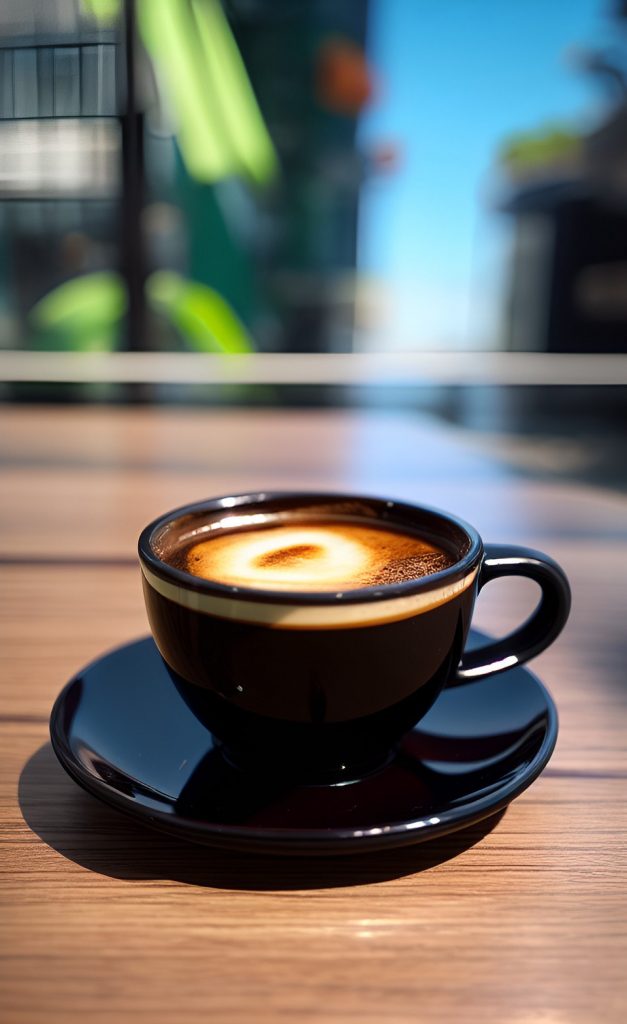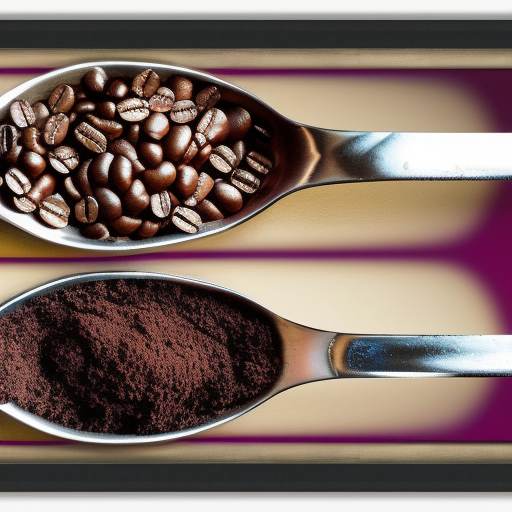Espresso is the lifeblood of many people’s morning routine, mine involves a multi shot espresso rise and shine. It wakes us up, gives us energy, and helps us focus. But espresso has more to offer than just a jolt of caffeine. This powerhouse of a drink is also packed with vitamins and minerals that can provide numerous health benefits. Looking around a bit, I found some interesting thoughts on why we can continue to enjoy espresso. Let’s take a closer look at some of the advantages of drinking espresso on a regular basis.
Health Benefits of Drinking Espresso
Drinking espresso can have several positive effects on your health. The antioxidants in espresso can help reduce inflammation and strengthen your immune system, while its caffeine content can help boost alertness, focus, and energy levels throughout the day. Additionally, research has shown that drinking moderate amounts of caffeinated beverages like espresso may reduce your risk for type 2 diabetes, heart disease, stroke, and certain types of cancer.
Energy Boosting Effects
Espresso contains high levels of caffeine which is known to stimulate the central nervous system and improve physical performance. Whether you need an extra boost before your morning workout or you’re feeling sluggish in the afternoon, sipping on an espresso can give you an immediate energy boost without putting too much strain on your body or mind. Plus, drinking espresso regularly may help increase your body’s natural production of adrenaline which can further support physical and mental performance over time.
Enhanced Focus and Cognitive Performance
Caffeine found in espresso acts as a mild stimulant that increases alertness and concentration levels so you can stay focused for longer periods of time with greater clarity than usual. Studies have also shown that consuming caffeinated beverages like espresso enhances cognitive functioning by improving reaction times, visual tracking ability, and information processing speed as well as overall memory recall. So if you ever find yourself struggling to concentrate or remember things when faced with hard tasks or exam preparation, try sipping on an espresso instead.
In conclusion, espresso isn’t just another tasty beverage – it offers several health benefits that make it worth adding to your daily routine. Not only does it contain powerful antioxidants that can help reduce inflammation and strengthen immunity, it also provides an energy boost, enhanced focus, and improved cognitive performance. Well, all of that is what I want to continue believing so why not join me with a espresso of your own. Please note that if you purchase from clicking on the link, I will get a tiny bit of that sale to help keep this site going.





